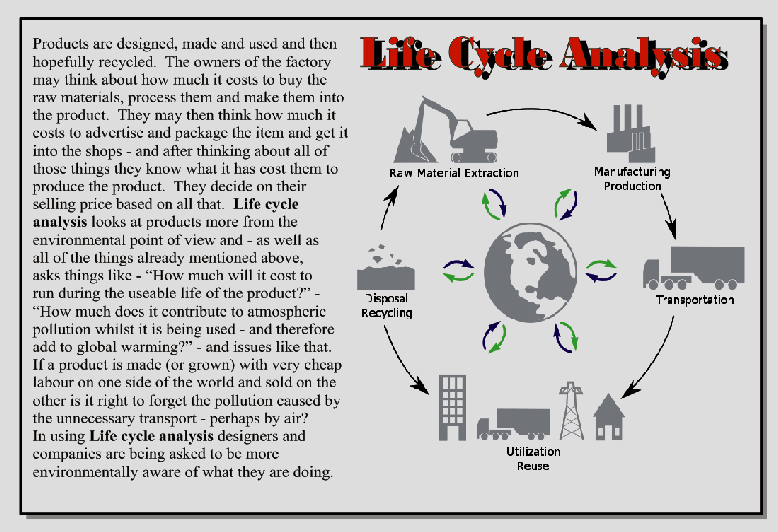6th May 2011



















Why donate ?

Reduce
Recycle
ReUse
The 6 Rs
ReThink
Repair
Refuse
Can you possibly reduce the amount
Of material used in the product ? Can you Reduce the waste ? Can you reduce the energy consumption when making the product ? Can the packaging be re-thought ?
Of material used in the product ? Can you Reduce the waste ? Can you reduce the energy consumption when making the product ? Can the packaging be re-
Can the materials used in the product be recycled and used for other products ? Can the material be recycled and returned to a useable ‘raw material’ state ?
Can the containers of products be used again after treatment ? Can products be used in a different - perhaps innovative way to extend their usefulness ?
Can the product be redesigned to make it last longer or be recycled more easily? Can a limited range of materials be used in making the item so that separation of the components is easier when recycling products ?
Can the product be repaired easily ? Can the design include components that can be replaced rather than allowing the entire product to be unusable ?
Do we all really need the products that are created ? Do we need to upgrade everything so frequently for the sake of small changes - perhaps only external, cosmetic features ?
Consumers could refuse to buy products and manufacturers could refuse to make unnecessary minor changes...
We all have a duty to think about what we design,
what we buy and what we do with things when
their useful life is over. When we compare our
designed and manufactured items for the projects
we do in D&T we should consider these aspects of
the outcome both in the specification and in the
evaluation.
what we buy and what we do with things when
their useful life is over. When we compare our
designed and manufactured items for the projects
we do in D&T we should consider these aspects of
the outcome both in the specification and in the
evaluation.




